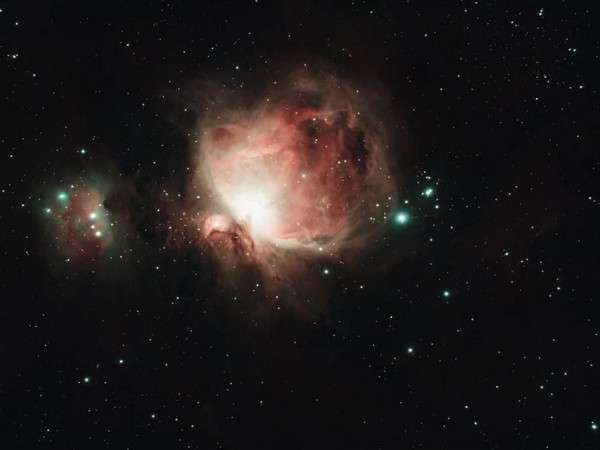Findings indicate the planet is between 1 million and 3 million years old and is around the size of Neptune or Saturn
Cambridge (Massachusetts): All astronomers concur that planets are created in protoplanetary disks, which are the bands of gas and dust that encircle newly-formed young stars. Even though the universe has hundreds of these disks, it has been challenging to observe genuine planetary birth and development in these settings, an ANI report in The Tribune, Chandigarh, says.
Currently, astronomers at the Center for Astrophysics, Harvard and Smithsonian, have created a novel method to find these elusive newborn planets, along with “smoking gun” proof of a small Neptune- or Saturn-like planet hiding in a disk. The Astrophysical Journal Letters on Thursday, September 8, published a description of the findings.
According to Feng Long, a postdoctoral scholar at the Center for Astrophysics and project leader, “directly finding young planets is highly tough and has so far only been effective in one or two situations.” As they are encased in substantial amounts of gas and dust, planets are always too dim for us to see them.
Instead, they must look for signs that a planet is forming beneath the dust.
Long notes that in recent years, “many structures have appeared on disks that we think are caused by the existence of a planet but it could be caused by something else too.”
“We need new methods to examine and provide evidence that a planet exists.”
Long chose to revisit the LkCa 15 protoplanetary disk for her research. The disc is situated in the Taurus constellation, 518 light years away. Previous research employing ALMA Observatory images showed proof of planet formation in the disk.
Long dug over fresh, high-resolution ALMA data on LkCa 15, mostly from 2019, and found two faint characteristics that weren’t there before.
Long found a dusty ring with two distinct, brilliant clusters of material circling within it at a distance of around 42 astronomical units from the star, or 42 times the distance between Earth and the Sun. The material was divided by 120 degrees and appeared as a small clump and a bigger arc.
Long used computer simulations to analyse the situation and determine what was accumulating the material. She discovered that the objects’ sizes and placements were consistent with the presence of a planet.
Long chose to revisit the LkCa 15 protoplanetary disk for her research. The disc is situated in the Taurus constellation, 518 light years away. Previous research employing ALMA Observatory images showed proof of planet formation in the disk.
She explains, “The arc and clump are separated by around 120 degrees.” That degree of disparity is significant mathematically; it doesn’t just happen.
Long pointed at locations in space known as Lagrange points, where two moving bodies, like an orbiting planet and a star, form stronger zones of attraction where matter may gather.
According to physics and the things involved, Long says, “We’re seeing that this material is not simply floating around freely, it’s stable and has a preference where it wants to be put.”
In this instance, the L4 and L5 Lagrange points are where Long found the arc and clump of material. A small planet hidden between them at an angle of 60 degrees is what is producing the build-up of dust between locations L4 and L5.
The findings indicate that the planet is between one million and three million years old and is around the size of Neptune or Saturn. (When it comes to planets, it is a youthful age.)
Due to technological limitations, it might not be feasible to directly image the small, young planet anytime soon, but according to Long, additional ALMA studies of LkCa 15 can offer more proof in support of her planetary discovery.
She also expects that astronomers will use her novel method for finding planets in the future, which relies on material that preferentially gathers around Lagrange points.
*********************************************************************
Readers
These are extraordinary times. All of us have to rely on high-impact, trustworthy journalism. And this is especially true of the Indian Diaspora. Members of the Indian community overseas cannot be fed with inaccurate news.
Pravasi Samwad is a venture that has no shareholders. It is the result of an impassioned initiative of a handful of Indian journalists spread around the world. We have taken the small step forward with the pledge to provide news with accuracy, free from political and commercial influence. Our aim is to keep you, our readers, informed about developments at ‘home’ and across the world that affect you.
Please help us to keep our journalism independent and free.
In these difficult times, to run a news website requires finances. While every contribution, big or small, will makes a difference, we request our readers to put us in touch with advertisers worldwide. It will be a great help.
For more information: pravasisamwad00@gmail.com



